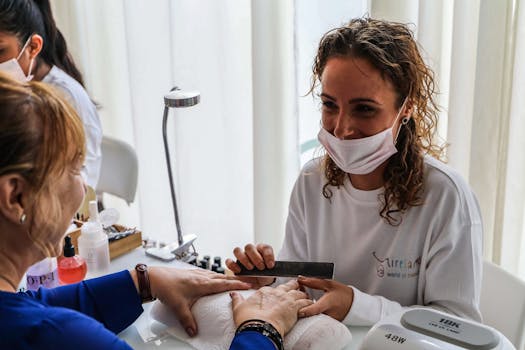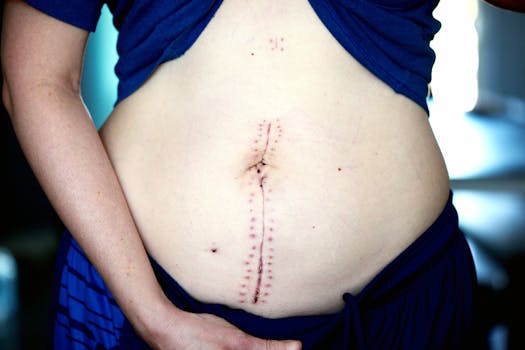For people with early-stage thinning or a small, focused area of hair loss, a minor hair transplant can be a practical and targeted solution. This short overview explains how a minimally invasive transplant works, who typically benefits, what to expect during recovery, and how it compares with larger procedures. The goal is to give clear, usable information so you can decide whether to consult a qualified specialist.
Micro hair transplant: what to expect
Micro hair transplant techniques, like follicular unit extraction (FUE), remove individual follicular units from a donor area and place them precisely where coverage is needed. Because the incisions are tiny, scarring is minimal and downtime is shorter than with older strip methods. A micro hair transplant suits someone seeking subtle density restoration rather than a full restoration of a severely bald area.
Who is a good candidate?
Typical candidates for a small hair transplant include people with isolated bald spots, receding temples, or thinning along a hairline. Ideal candidates have a stable donor area with healthy follicles and realistic expectations. Those seeking a whole head hair transplant to reconstruct very advanced balding will need a more extensive plan and often multiple sessions.
Procedure basics and options
Procedures vary by method and clinic, but the typical steps include:
- Consultation and mapping of target areas
- Local anesthesia in donor and recipient sites
- Extraction of grafts (single follicles or small groups)
- Creation of recipient sites with careful angling
- Placement of grafts and immediate post-op instructions
FUE is common for small hair transplant cases; it offers rapid healing and less visible scarring. In contrast, a whole head hair transplant might combine FUE with platelet-rich plasma (PRP) or multiple sessions to build density over time.
Recovery, care, and skin considerations
Recovery from a minor procedure is usually quick—most people return to normal light activities within a few days and can expect scabs to heal within one to two weeks. Proper scalp care is essential: gentle cleansing, avoiding direct sun, and following your surgeon’s medication and activity guidelines reduce the risk of infection and maximize graft survival.
Because skin health affects graft success and healing, it’s useful to stay current on post-procedure skincare practices. For broader guidance on skin technology and care routines that may complement recovery, see this article about the latest breakthroughs in skincare technology: transform your routine with the latest breakthroughs in skincare technology.
Risks, limitations, and realistic expectations
Even a minor procedure carries risks: infection, poor graft survival, uneven growth, or temporary shock loss of existing hairs. Outcomes depend on surgeon skill, graft quality, and patient adherence to aftercare. A single small hair transplant session may provide cosmetic improvement but not the same density as larger or repeated sessions. Discuss long-term plans if you anticipate progressive hair loss.
Cost and timing
Costs scale with graft count and clinic reputation. Minor procedures generally cost less than whole head reconstructions but still represent a medical expense. Many clinics offer financing or staged treatment plans; consider timing in relation to work, social commitments, and the need for follow-up appointments.
How to choose a clinic and surgeon
Look for board-certified physicians with clear before-and-after galleries, transparent pricing, and verified patient reviews. Ask about graft survival rates, whether assistants or the surgeon will perform key steps, and the plan for managing complications. If you want unbiased background about hair loss causes and basic treatments, the MedlinePlus overview of hair loss explains common conditions and non-surgical options: MedlinePlus overview of hair loss.
Quick takeaways
- Minor procedures are best for targeted coverage, not full restorations.
- Micro techniques (like FUE) reduce scarring and downtime.
- Post-op scalp care and realistic expectations are essential to satisfaction.
Frequently asked questions
Q: How long before transplanted hairs look natural?
A: Transplanted follicles typically shed within a few weeks, then begin regrowing at about three to four months. Visible, natural-looking improvement often appears between six and twelve months.
Q: Can I combine non-surgical treatments with a transplant?
A: Yes. Many patients use medical therapies (minoxidil, finasteride where appropriate), PRP, or low-level laser therapy to support graft survival and maintain existing hair. Discuss combinations with your surgeon.
Q: Is a minor surgery reversible if outcomes aren’t ideal?
A: While some corrective options exist, transplanted follicles cannot be “removed” like a temporary intervention. Careful planning and choosing an experienced provider reduce the need for revision.






